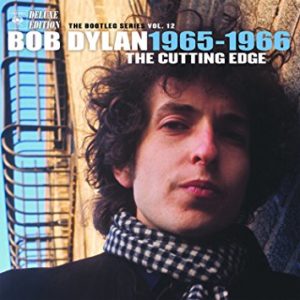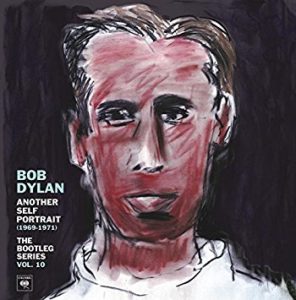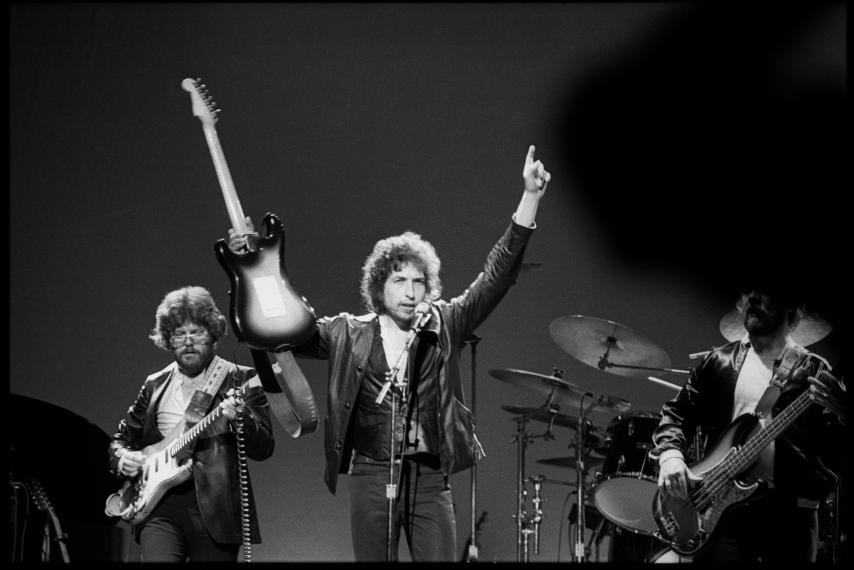
I finally gave in and bought the new archival set from Bob Dylan.
If you’re not familiar with his Bootleg Series — since 1991, Dylan has released a multi-disc collection every other year or so that explores the songs left off his classic albums.
In many cases, this stuff left off is not only just as good as the material on the original releases, it is in some cases — “Blind Willie McTell” and “Series of Dreams” come to mind — superior to songs on the official releases.
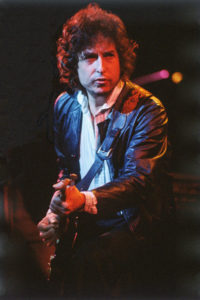
About four volumes back, he began releasing deluxe editions of the Bootleg Series. He did Another Self Portrait (Volume 10, if you’re keeping score) devoted to what had been regarded as a leading candidate for his worst album. This was 1970’s Self Portrait. Greil Marcus’s review of the album in Rolling Stone famously began, “What is this shit?”
Another Self Portrait turned out to be a fascinating rediscovery of the work and was on heavy rotation in my home. There was the standard two-disc Bootleg Series release, but the record label tested the waters with a deluxe version that featured two more discs, including the first official U.S. release of Dylan’s 1969 show with the Band at the Isle of Wight. Dylan, that perverse imp, skipped Woodstock — which was in his ‘hood — and performed in Great Britain instead.)
The next Bootleg Series release was a full exploration of his Basement Tapes period with the Band (then still known alternately as the Hawks, the Crackers or the Honkies.). Over the six discs of The Basement Tapes Complete, we heard every belch, wheeze and fart and listened to great musicians drilling to the core of American music. It was one of the best purchases I’d ever made. If you got the two-disc abridgment for the casual fan, you really missed out.
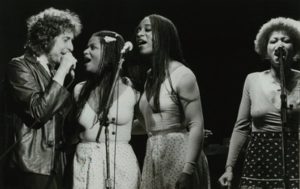
Whoa! Bob was just getting started.
Then came The Cutting Edge (The Bootleg Series, Volume 12), which covered the titanic 14-month period that produced Bringing it All Back Home, Highway 61 Revisited and Blonde on Blonde.
The Cutting Edge offered a fascinating look at Dylan’s creative process.
One whole disc was devoted to “Like a Rolling Stone.” The four tracks were separated, so you could hear just Michael Bloomfield’s guitar on one track, Dylan’s voice and harmonica on one, the rhythm section on the other, and the keyboards on the fourth. Man, was that instructive.
Again, The Cutting Edge was available in a two-disc set, but for the Full Bob Experience, you needed the six disc deluxe edition to appreciate the angry majesty of that music.
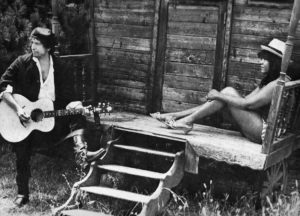
I’d long wished the Bootleg Series would explore the most controversial period of his career, the so-called gospel years of 1979-1981. During this time, he released Slow Train Coming, Saved and Shot of Love. I’d heard bootlegs of his performances with the gospel band — real bootlegs, not these official releases — and been in awe of the performances. If ever a period needed review, this was it.
Despite the huge commercial hit he took from an audience that turned away from him for being “too preachy,” Dylan never really renounced his new Christian faith. If anything, he appeared to have found some sort of accommodation between Judaism and Christianity. He just stopped being so overt in his songs. (But the Bible had always played a role in his music. John Wesley Harding, from 1967, was heavily steeped in Christian imagery and lyricism. Scratch dozens of Bob Dylan lyrics and you’ll find Christian references underneath.)
So I was happy to hear that The Bootleg Series, Volume 13 would be devoted to those years. But Holy Shit (and I do mean holy) — then I learned the price tag for the deluxe edition: $174.
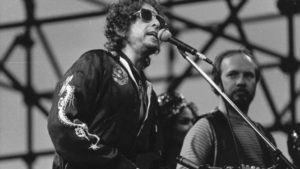
I looked over the track list and saw multiple versions of some of his gospel songs — “Slow Train,” “Gotta Serve Somebody” — and convinced myself I’d be able to get by with the two-disc set for the casual fan.
Jesus, was I wrong.
The two-disc set merely whet my appetite. And then God — or somebody — dropped a couple of unexpected freelance checks in my mailbox and so I justified buying the nine-disc deluxe edition of Trouble No More. (Plus, God had dropped the price by $50.)
I’m here to tell you that it was money well spent. This music is impassioned and hypnotic. Dylan sings with such finesse and fire and has surrounded himself with a hugely talented set of musicians. This comes as no surprise. He’d always done that. But these players are largely unheralded in rock history — Fred Tackett on guitar, Tim Drummond on bass — though a few of the players (Spooner Oldham and Jim Keltner) are better known and there are superstar players (Mike Bloomfield and Carlos Santana) on occasion.
But it’s Dylan’s show and no one overshadows him. Well, maybe his backing singers do.

Dylan was led to Christianity, in part, by the women he employed to sing behind him: Clyde King, Regina Harris, Mona Lisa Young and Carolyn Dennis, who became his second wife and mother to his daughter Desiree Gabrielle Dennis-Dylan. (He dedicated his 1990 nursery-rhyme album, Under the Red Sky to her: “For Gabby Goo Goo.”)
These gifted singers push Dylan to do some of his best singing on record. We learn — again — about his creative process through the multiple and vastly changed version of some of his songs.
And it was a fertile period for him as a writer. Much of Trouble No More consists of songs he’s never officially released. I’ve had “Ain’t Gonna Go to Hell for Anybody” on bootleg for years, and it’s the kind of song and performance that made me long for a complete exploration of this period of his career. I should have never balked at the price of this set.
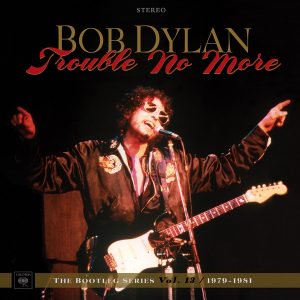
I’ve been playing this non-stop for the couple of weeks that I’ve had it and when I’m not around my stereo, it still plays in my skull. I can’t get enough.
It’s great to hear the various versions of not just “Slow Train” and “Gotta Serve Somebody,” but also radically different takes (with different lyrics) for some of his greatest songs, “Caribbean Wind” and (especially) “Every Grain of Sand.”
What beautiful lyrics:
Like Cain, I now behold this chain of events that I must break
In the fury of the moment I can see the Master’s hand
In every leaf that trembles, in every grain of sand
Then onward in my journey I come to understand
That every hair is numbered like every grain of sand
Sometimes I turn, there’s someone there, other times it’s only me
I am hanging in the balance of a perfect finished plan
Like every sparrow falling, like every grain of sand
(C) 1981 Special Rider Music
Bob: I’ll never doubt you again. Go ahead and put the deluxe edition of Volumes 14, 15, 16 and 17 on order.
Click on the covers below to order deluxe editions of the most recent volumes in the Bootleg Series.


